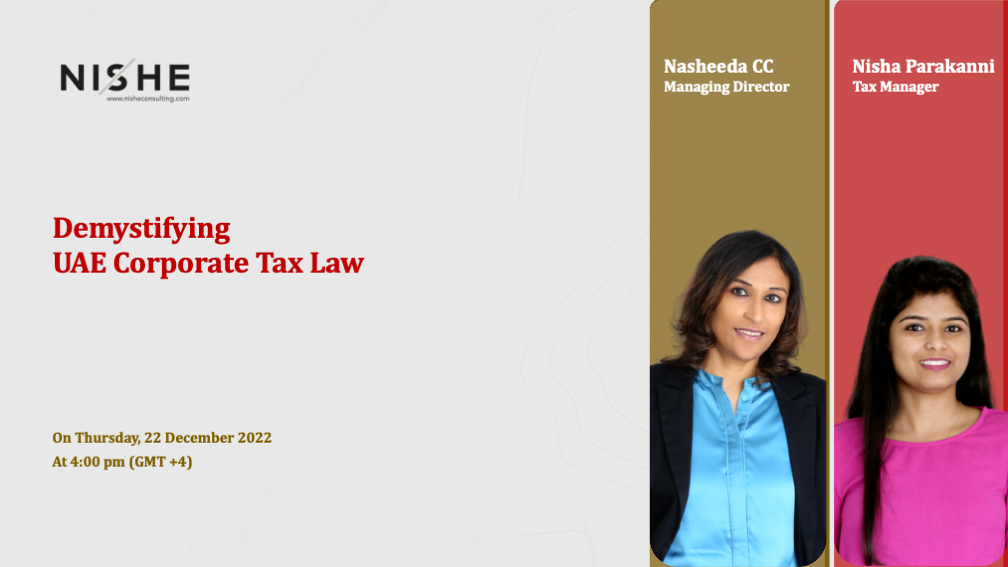IFRS 16 – No more of lease deals that are off the books
BLOGS
December 30, 2018
“One of my great ambitions before I die is to fly in an aircraft that is on an airline’s balance sheet,” Sir David Tweedie, former Chairman of the IASB (International Accounting Standards Board), said famously in 2008.
With the advent of IFRS (International Financial Reporting Standards) 16 effective 1 January 2019, Sir David Tweedie will have his wish. But what about the preparers of financial statements, especially those vast number of entities with only simple lease arrangements?
Accounting has become so complex that even trained accountants find it difficult to comprehend many accounting standards. Included among is (or should I say, was?) the current, soon-to-be-replaced, standard-IAS (International Accounting Standards) 17 Leases- which most accountants quite happily left to the experts to interpret and implement.
Notwithstanding the much-touted concerns about the glaring loopholes in IAS 17 — which have influenced many many large leasing structures over the years leading to an estimated trillions of dollars of off-balance sheet financing — the standard was quite fine in some ways. In particular, the more complex parts of IAS 17 generally applied to the more complex lease transactions.
Those companies content with simple leasing arrangements could mostly record them as operating leases and simply expense the rentals every year. One could thus argue that the accounting complexity under IAS 17 was more or less aligned to the complexity of the underlying leasing arrangement.
But with IFRS 16, that will no longer be the case.
Granted that the new standard has been designed to improve the quality and consistency of information for users by removing the option to keep some leases off-balance sheet. This definitely is and will be regarded as an improvement by various users of financial statements, particularly of large public companies with substantial leasing arrangements such as airlines and retail businesses.
But looking at IFRS 16 from a preparer’s perspective, even simple leases will no longer be simple to account as every lease will have to go through the dreaded “present value computation”, barring some exceptions available for leases which are for a short-term or are for low value assets.
Every company which has leased one or more assets will thus have to do the following for each lease:
1. Find an appropriate discount rate — i.e., an interest rate;
2. Discount future lease payments using the discount rate to arrive at the initial lease liability;
3. Compute the initial value of right-of-use (ROU) asset by adjusting the lease liability with payments already made or received, any initial direct costs incurred and the present value of expected costs to meet any end-of-lease obligation to restore the asset;
4. Subsequently, compute interest on the lease liability and depreciation on the ROU asset on a periodic basis; and
5. Make changes to the lease liability and ROU asset (and profit or loss in some cases) as and when there are modifications to the lease or reassessments of certain initial judgements taken in regard to matters such as the lease term.
Determining the discount rate and the initial as well as ongoing measurements of the lease liability and the ROU asset could add layers of accounting complexity to even arrangements as simple as normal office leases taken by businesses.
Due to the ubiquity of leases, this means that quite a lot of businesses out there will be burdened by this increased complexity even though the users of their financial statements may not necessarily care one way or the other. This is an unfortunate but unavoidable side effect of IFRS 16.
Indeed, almost every company will have to immediately start looking at their IFRS 16 readiness, if they have not already.

